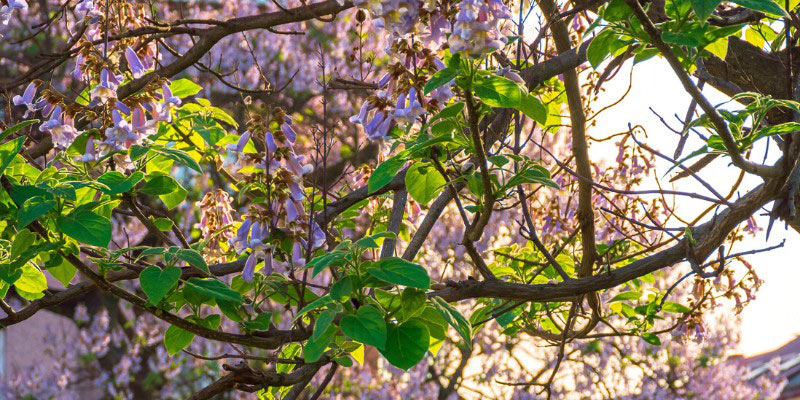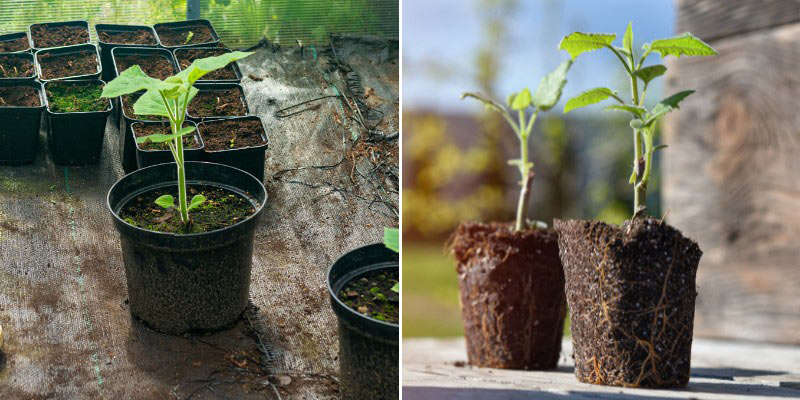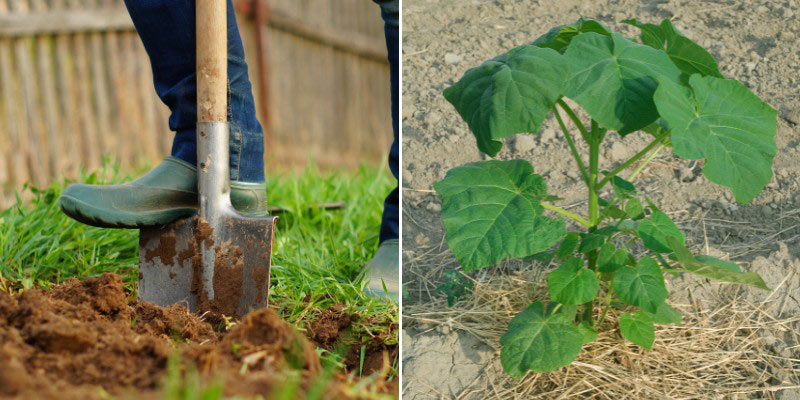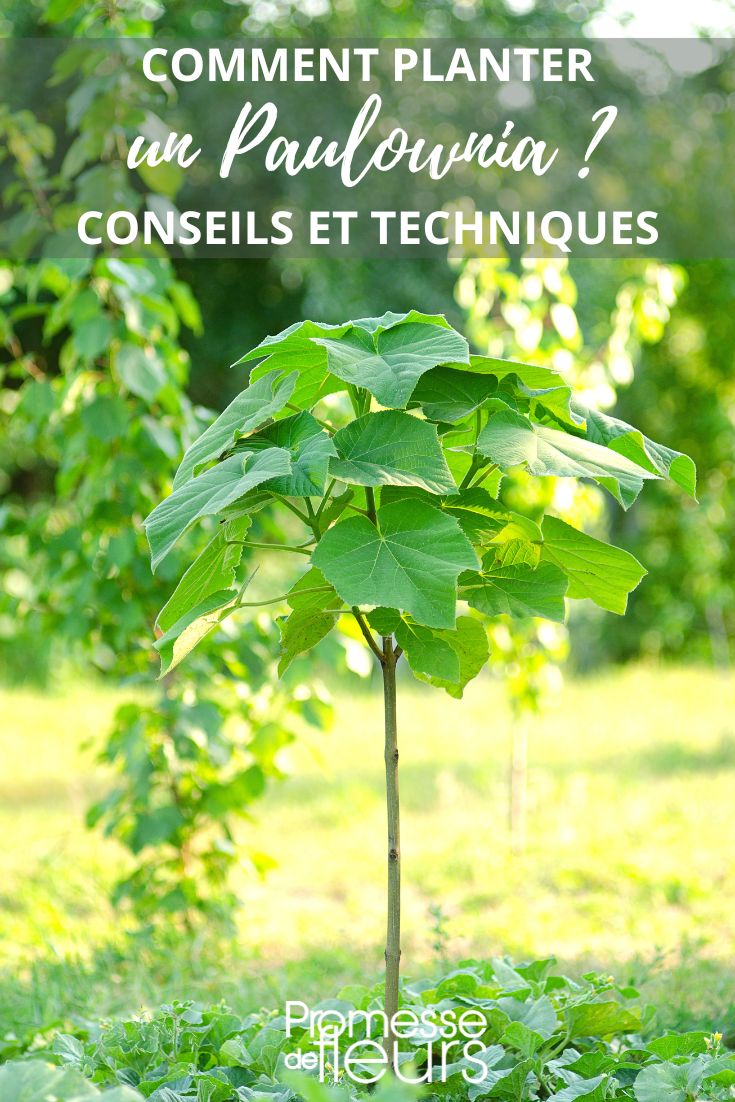Paulownia or Empress Tree is a superb ornamental and shade tree, with generous spread, rapid growth, easy to grow and very hardy. It is prized for its abundant purple flowering, which appears in spring as long scented panicles, before leaf emergence. Its oversized foliage is another attraction, especially when it provides dense shade in summer. Easily reaching 12 m in height, it is perfect for large gardens. Undemanding, it tolerates most deep, well‑drained soils and thrives in full sun or partial shade. Discover secrets for successful planting in open ground!
For full details on cultivation, consult our complete fact sheet: “Paulownia, Empress Tree: planting, cultivation and care”

Where to plant Paulownia?
Location
Choose full sun for your Paulownia, although it can also thrive in partial shade. A site sheltered from late frosts or strong cold winds is preferable, as its wood is brittle and these can also damage flower buds. Choose location taking into account tree size at maturity. Paulownia grows rapidly, 4 to 7 m in just three years. A remarkable shade tree, it will look magnificent planted alone on a short grass meadow or at the centre of a shrub border.
Soil type
This tree is undemanding regarding soil quality. While it tolerates neutral, calcareous or acidic soils, it thrives better in rich, well‑drained, cool soil. Soil must be deep to accommodate its fairly dense root system, and not waterlogged: ensure good drainage.
When to plant Paulownia?
The best time to plant Paulownia is in autumn or early spring. These seasons favour establishment of roots before extreme summer or winter temperatures. If planting in spring, ensure risk of frost has passed.
How to plant a Paulownia?
- Start by thoroughly weeding chosen area and work soil to a depth of about 60 cm to aerate it and make it more welcoming for roots of the young tree
- Immerse Paulownia pot in a bucket of water for a few minutes to re‑moisten the rootball
- Dig a planting hole twice as wide as the rootball using a shovel or a spade
- In heavy soil, add a handful of gravel or pumice to improve drainage around the roots

- Carefully remove tree from its pot, taking care not to damage roots. Gently scrape underside of rootball to slightly untangle roots
- Place tree in centre of hole and adjust depth so top of rootball is level with soil
- Tie in a stake to support the young plant
- Backfill with mixture of excavated garden soil and compost, to enrich soil and encourage growth
- Gently firm soil around tree with your hands
- Water well at the base to eliminate air pockets
- Mulch around base to keep soil cool in summer and reduce weed competition

































Comments